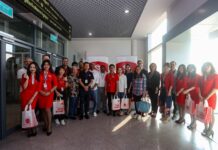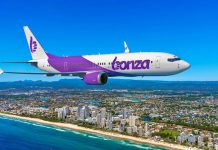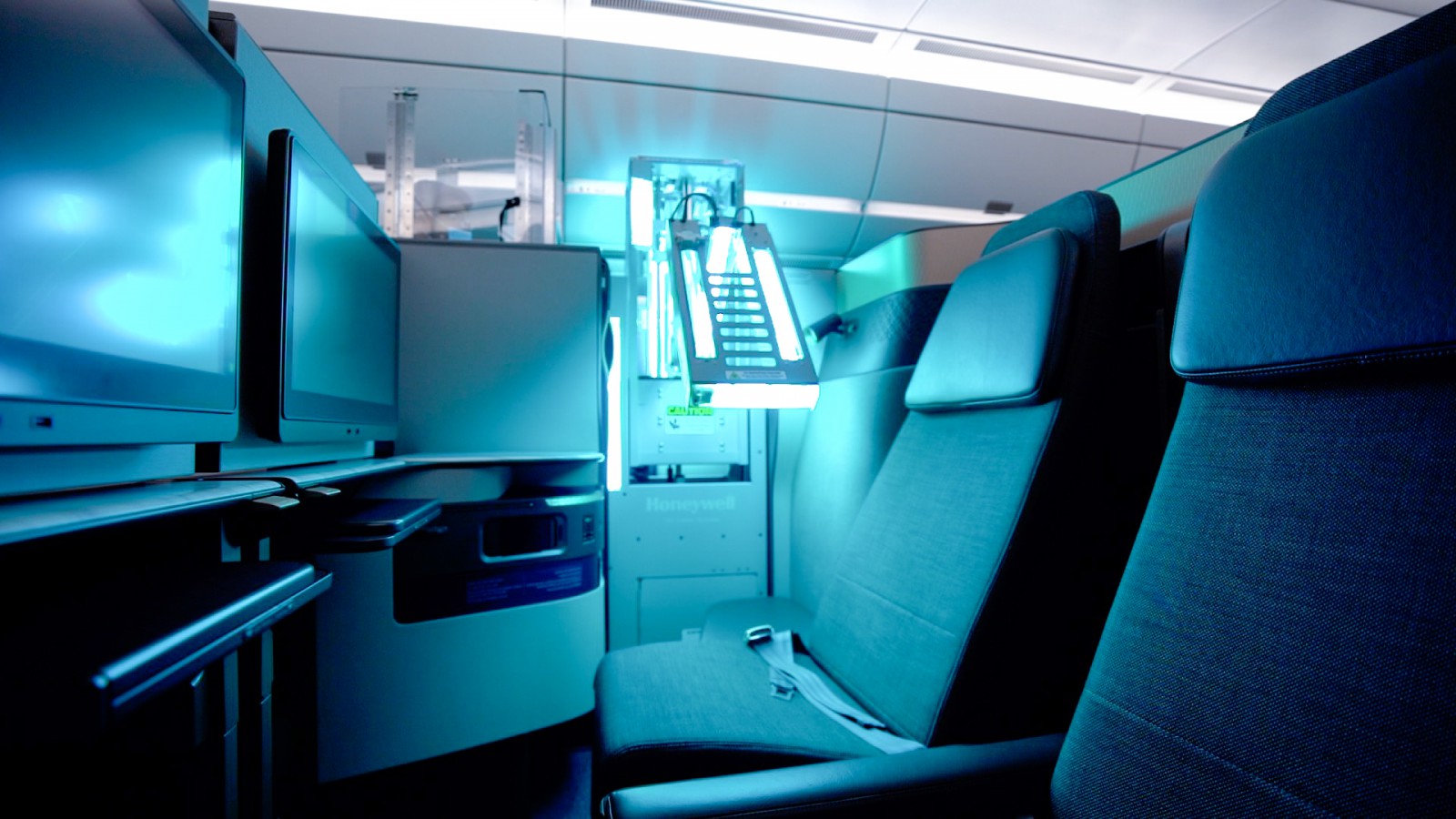Airlines’ cleaning solutions are effectively destroying the virus that causes COVID-19 new tests have found.
Boeing and the University of Arizona completed the testing as part of the aircraft builders Confident Travel Initiative to support customers and enhance the safety and well-being of passengers and crews.
Testing was conducted on an unoccupied Boeing aircraft against a live virus called MS2 over the northern summer.
READ: Cathay slays the dragon and sacks 5,900 staff.
The University of Arizona, Department of Environmental Sciences correlated those results to SARS-CoV-2, the virus that causes COVID-19, in a protected laboratory environment.
Boeing’s Mike Delaney, who leads the CTI efforts said: “While these cleaning solutions had been tested in other environments, an airplane behaves differently. It was critical for us to evaluate and confirm the chemicals and techniques we recommend for our customers’ use are effective and battle-tested.”
“By working with the University of Arizona, we were able to employ their world-renowned expertise in virology to do exactly that.”
The bacteriophage virus MS2 is safe and harmless to humans and more difficult to kill than SARS-CoV-2. Scientific and industry studies have used the MS2 virus for many years, but never before in an aircraft cabin. The University of Arizona provided the MS2 virus and analyzed test results.
The study placed MS2 at strategic high-touch points throughout the cabin, including on seat tray tables, armrests, seat cushions, stowage bins and inside the lavatory and galley.
Technicians disinfected each area with various products and technologies. Chemical disinfectants were applied through two means: manual wiping and with an electrostatic sprayer, a device that applies a fine spray of an approved liquid disinfectant.
The tests also measured how well Boeing’s ultraviolet wand and antimicrobial coatings worked. Antimicrobials are long-lasting coatings that destroy germs and viruses on surfaces.
The University of Arizona analyzed each area post-disinfection to determine the effectiveness and the results showed various levels of effectiveness, but ultimately all the recommended products, methods and technologies successfully destroyed the MS2 virus.
























